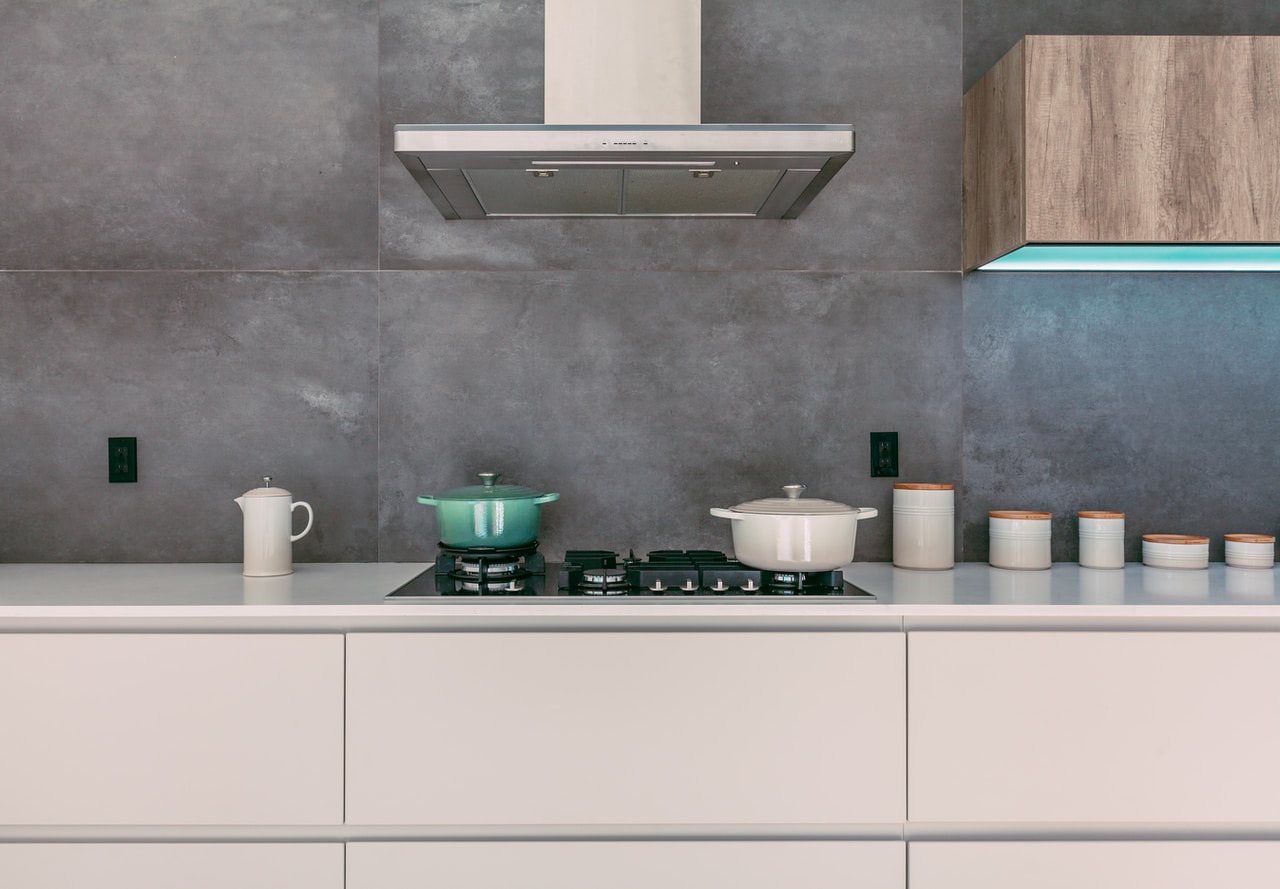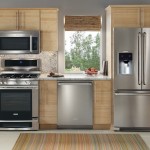If your kitchen’s appliances aren’t energy-efficient, they’re costing you more than they’re worth. Ovens are the biggest drain on energy, but range-tops, microwaves, toaster ovens, refrigerators, freezers, and garbage disposals are all big energy-drainers. When you couple that with inefficient lighting and water waste, your kitchen could be the most costly room in the house. Luckily, you can do something about this. Employ some of the following strategies to go green in the kitchen, which will reduce costs and contribute positively to the environment.
Take Advantage of Your Deregulated Market
If you’re lucky enough to live in a deregulated market, such as Texas or New York State, you can switch to “stable-rate and green products,” according to http://www.localelectricitycompanies.com/texas/txu-energy/. “Whether you own or rent your home, you want to make sure you’re spending your money wisely. Shopping around and learning more about local electricity companies is one way you can find the best electricity plan for you…For many people, it’s the change to save on electricity bills with a lower rate. For others, it’s the ability to get a renewable energy option or to find a supplier with a mobile app for easier bill payments.”
Switch to Energy Star Rated Appliances
As previously mentioned, your appliances are the biggest drain on your energy usage. According to the Alliance to Save Energy, “The average U.S. household spends $5,550/year on energy….Buying Energy Star appliances saves up to 30 percent on electricity bills. For instance, a new Energy Star-rated refrigerator saves $165 compared to a regular model in its lifetime.”
Don’t just throw out your old appliances. Recycle or donate them. Many organizations could use the donation of working appliances (energy efficient or not), including Habitat for Humanity. If your appliance is broken, contact your waste management company to ensure it’s disposed of in the most environmentally-friendly way possible.
Although running appliances is a draw on your electricity, running the dishwasher is greener than hand washing dishes. You don’t have to feel guilty for owning and running your dishwasher because it uses a whopping 37 percent less water than hand washing dishes. To make this action even more efficient wait until you’ve got a full load to run the dishwater and use the eco-friendly setting whenever possible.
Use Small Appliances Whenever You Can
Small appliances, such as toaster ovens and slow cookers, use 30 percent less energy than stoves. Microwaves use 50 percent less energy than ovens. By using these small appliances, you’re saving time and energy. Plus, you don’t have to wait for the oven to preheat.
As you can see, a few changes can make a huge difference. Add some CFL or LED lighting to the kitchen, and you’ve got yourself a perfect, green room. Moving forward, be sure to purchase products that are non-toxic, plant-based, and biodegradable whenever possible. Even your cleansers can be green. The fumes that are in many traditional household cleaning products can be harmful to you and the environment. Try using vinegar mixed with baking soda instead; it makes for a great all-purpose cleanser and has no negative impacts.










